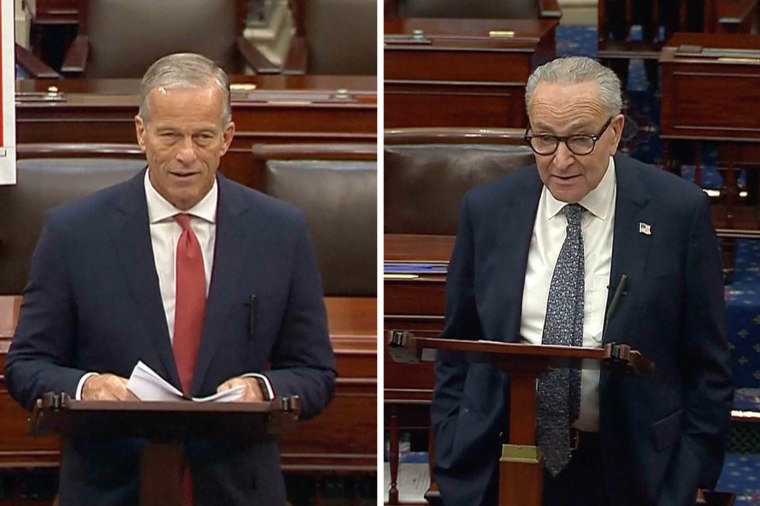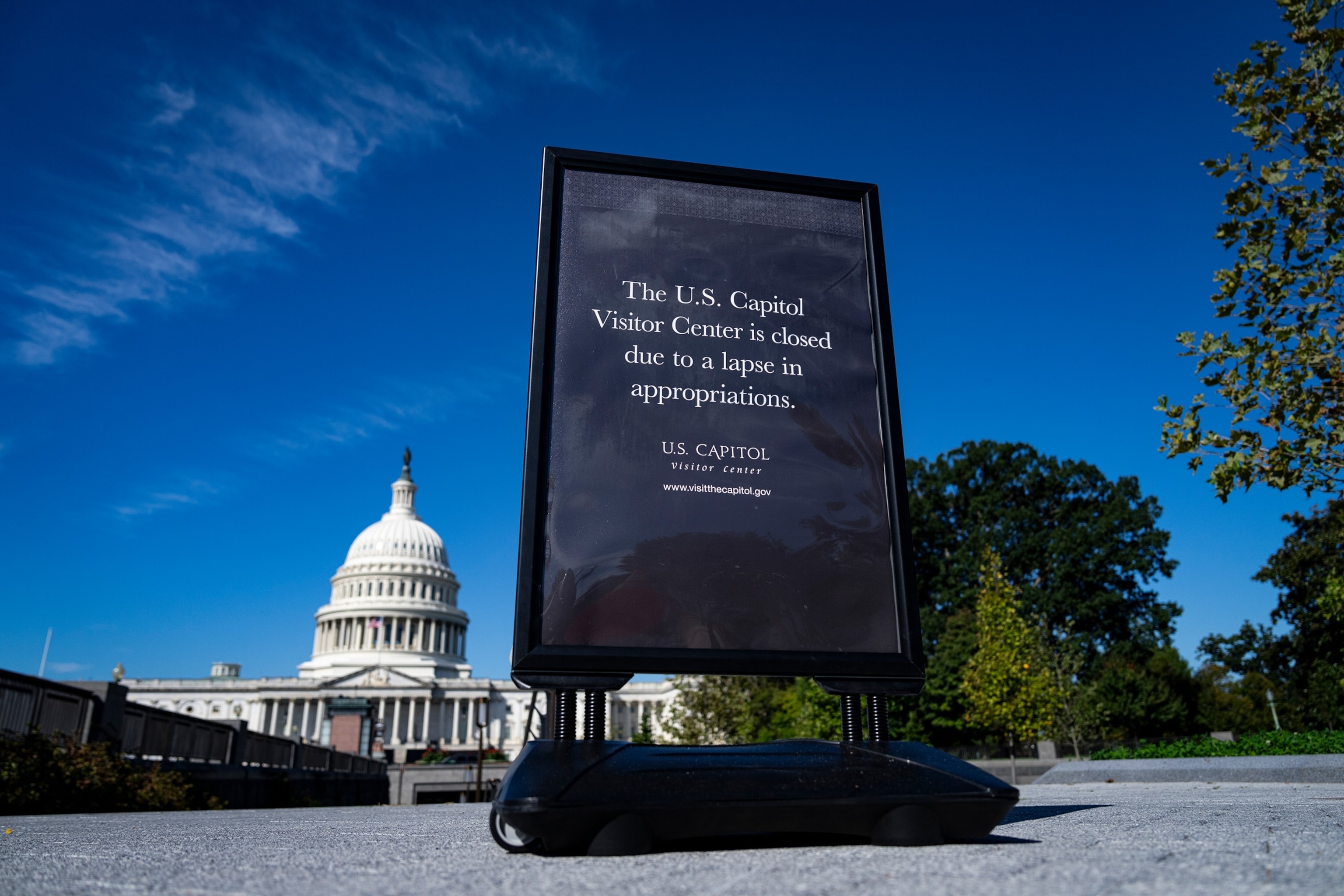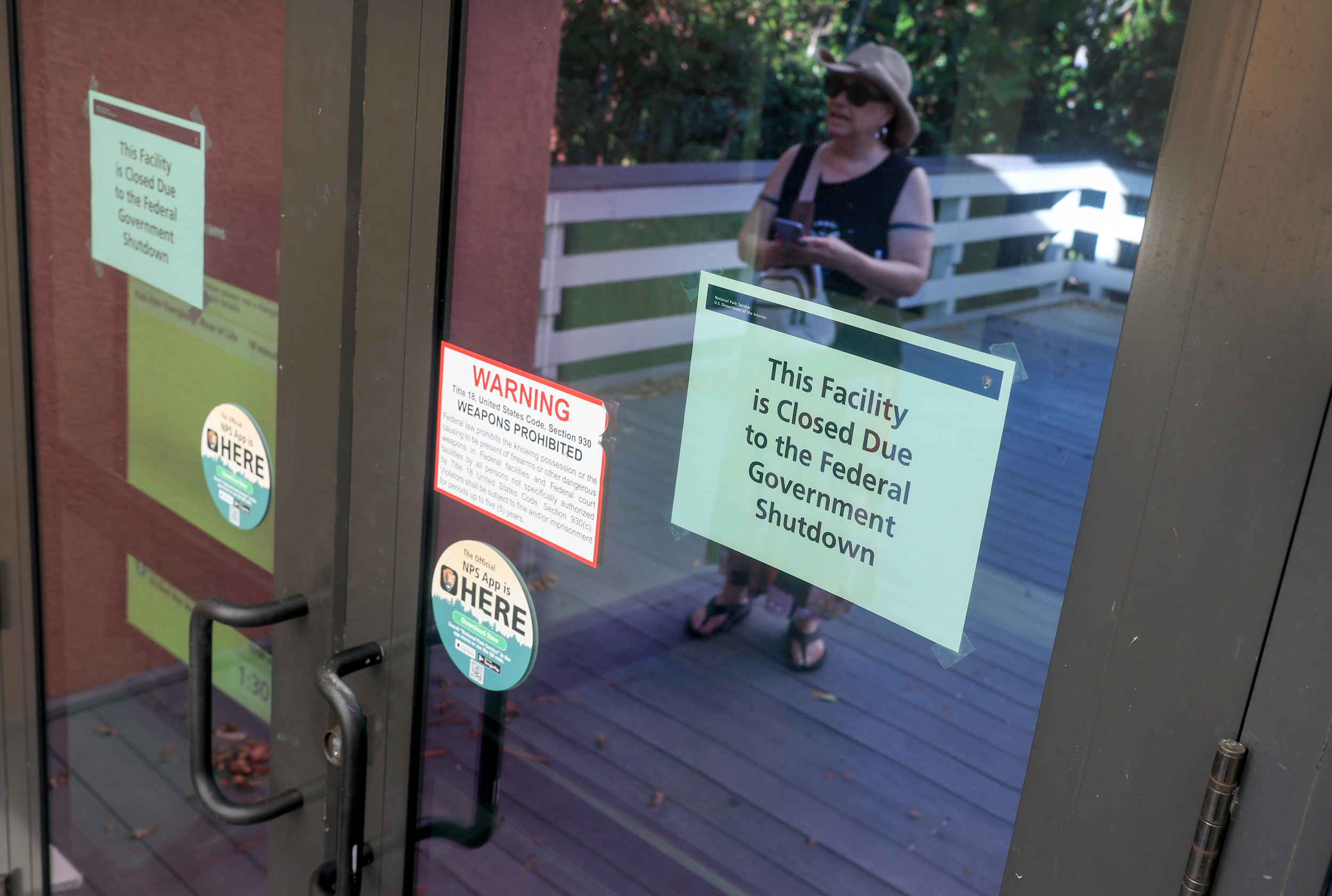Senate Shutdown Vote Unlikely: Congress Deadlocked as Government Closure Extends
Senate Shutdown Vote Unlikely: Congress Deadlocked as Government Closure Extends
As the federal government enters its fourth day of shutdown, Senate Republicans and Democrats remain at an impasse with no clear resolution in sight. Multiple failed votes in the upper chamber have made it increasingly unlikely that lawmakers will reach a bipartisan agreement before the weekend, potentially extending the closure well into next week.

Senate Votes Fail to Break Shutdown Stalemate
The Senate has now rejected funding proposals four times since the government shutdown began on Wednesday. Republicans need 60 votes to advance their "clean" continuing resolution that would fund the government through November 21, but have only secured 54 votes in their most recent attempt. While three Democrats—Senators Catherine Cortez Masto of Nevada, John Fetterman of Pennsylvania, and Independent Angus King of Maine—have crossed party lines to support the GOP measure, an additional five Democratic votes remain elusive.
Senate Majority Leader John Thune (R-S.D.) has indicated his party will not bow to Democratic demands to tie spending extensions to healthcare concessions. "We can reopen it tomorrow if enough Democrats break party lines," Thune stated after the latest failed vote. However, with the Senate scheduled to be out of session Thursday for Yom Kippur observance, the earliest possible vote would be Friday.
Democratic Health Care Demands Drive Opposition
Senate Democratic Leader Chuck Schumer (N.Y.) has made it clear that his caucus will not support the Republican funding bill without addressing expiring healthcare subsidies. Democrats are demanding the extension of enhanced Affordable Care Act premium tax credits that are set to expire at the end of the year, along with restoration of Medicaid cuts enacted as part of the recent Republican tax legislation.

"We hope they sit down with us and talk," Schumer said after Wednesday's vote. "Otherwise, Republicans will be driving us straight towards a shutdown tonight at midnight. The American people will blame them for bringing the federal government to a halt."
Healthcare Subsidies at Center of Dispute
The healthcare provisions Democrats are fighting for would extend tax credits that help millions of Americans purchase health insurance through the Affordable Care Act marketplace. Without these subsidies, many families could face significant premium increases when they receive their 2026 health plan notifications. Democrats argue that immediate action is necessary as enrollment periods approach, while Republicans maintain these issues should be addressed separately from government funding.
Trump Administration Maximizes Shutdown Impact
The Trump administration has taken an unprecedented approach to the current shutdown, openly stating its intention to maximize political pressure on Democrats. President Trump has threatened "cutting vast numbers of people out, cutting things that they like, cutting programs that they like" as part of his negotiation strategy.

Office of Management and Budget Director Russell Vought has announced multiple funding cuts targeting Democratic-led states and cities, including $18 billion in infrastructure funding for New York transportation projects and $2.1 billion for Chicago transit improvements. These moves appear designed to inflict maximum political pain while the shutdown continues.
Federal Worker Impact Grows
The Congressional Budget Office estimates that approximately 750,000 federal workers could be furloughed daily during the shutdown. Unlike previous shutdowns, the Trump administration has indicated that some workers may face permanent layoffs rather than temporary furloughs, raising the stakes significantly for federal employees across the country.
The Women, Infants and Children (WIC) nutrition program, which serves over 6 million low-income mothers and children, is expected to run out of funding within the next two weeks if the shutdown continues. This program provides critical support to roughly 41% of all infants born in the United States.
Historical Context and Political Ramifications
The current shutdown marks the first since December 2018-January 2019, when Trump presided over the longest government closure in U.S. history at 35 days. That shutdown ended when airport delays and federal worker hardships created mounting public pressure for resolution.

However, the current political dynamics differ significantly. Democrats appear more unified in their opposition, viewing the healthcare provisions as essential priorities worth fighting for. Republicans, meanwhile, control both chambers of Congress and the presidency, making them potentially more vulnerable to public blame if the shutdown extends.
Path Forward Remains Unclear
With both sides showing little willingness to compromise, several scenarios could unfold in the coming days. Some moderate senators from both parties have engaged in informal discussions about potential compromise measures, including a very short-term funding extension to allow for healthcare negotiations.
Senator Jeanne Shaheen (D-N.H.) suggested she could support a temporary measure if Republican leaders commit to addressing healthcare premium increases. Similarly, Senator Mike Rounds (R-S.D.) has floated extending the premium subsidies for one year as a potential compromise.
Weekend Outlook
Senator Thune announced that the Senate would not hold weekend votes, meaning the shutdown will likely extend at least until Monday. House Speaker Mike Johnson has also canceled next week's scheduled House session, stating lawmakers will return only "as soon as Chuck Schumer allows us to reopen the government."

Frequently Asked Questions
How long could the government shutdown last?
With Senate votes unlikely over the weekend and both parties showing little willingness to compromise, the shutdown could extend into next week or potentially longer. The longest previous shutdown lasted 35 days in 2018-2019.
What services are affected by the shutdown?
Non-essential federal services are suspended, including national park services, some government websites, and various federal programs. Essential services like Social Security, Medicare, and national security operations continue.
Will federal workers be paid during the shutdown?
Federal workers are typically paid retroactively once the government reopens, though the current administration has suggested some workers may face permanent layoffs rather than temporary furloughs.
What are Democrats demanding to end the shutdown?
Democrats want Republicans to extend expiring Affordable Care Act premium tax credits and restore Medicaid funding that was cut in recent Republican tax legislation.
Looking Ahead
As the shutdown enters its second week, pressure will likely mount on both parties to find a resolution. However, with fundamental disagreements over healthcare policy at the center of the dispute and both sides appearing entrenched in their positions, a quick resolution appears increasingly unlikely. The coming week will be critical in determining whether moderate voices can prevail or if this shutdown will join the ranks of the longest in American history.
Stay informed about this developing story and share this analysis with others who need to understand the current government funding crisis.